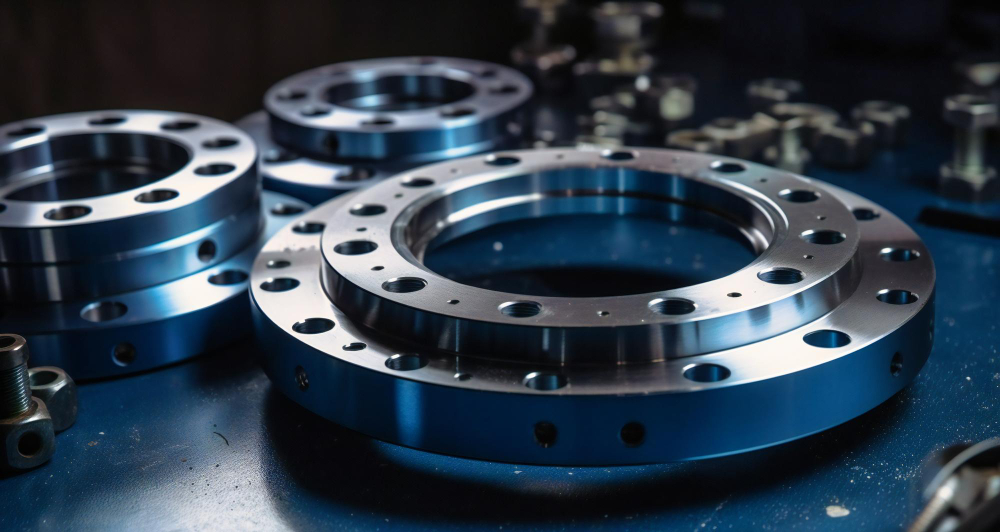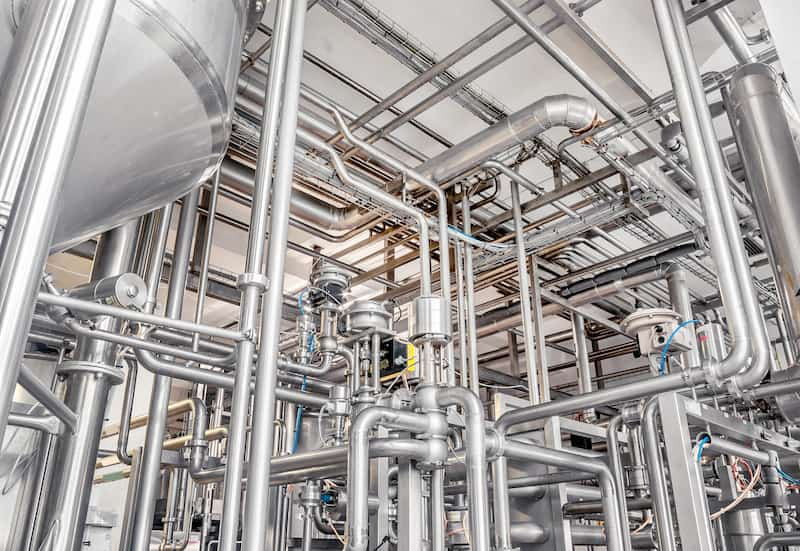
How to avoid Corrosion on flanges; Tips and causes.
What is flange corrosion in piping and fittings?
Before we explore the causes and solutions, let us first take a closer look at the problem. Today, corrosion in flanges is a very common problem faced by many users and manufacturers all across the globe. In conventional terms, you can also call it ‘rust’, which occurs due to the chemical reaction that takes place due to hydroxide, sulphur and oxide reacting with the refined metal. Despite an inclination toward science, the process of corrosion gradually paces in a very natural way. The reaction slowly decays and destroys the flanges; the only reason we stress obtaining quality flanges. As the leading flange suppliers in UAE, we are often questioned about the safety and repair of these flanges. Keeping that in mind, we’ve shared some steps that can be taken to prevent flange corrosion.
Why should we prevent pipe flange corrosion?
As known, flanges are used to connect and link pumps, valves, pipes and other piping mechanics. Therefore, flange protection becomes more important to mitigate any failures like leakages, loss of fluid or gases and overall structural damage. Dangers caused by flange corrosion can have adverse effects on industries catering for wastewater, chemical, mining etc. If we go by the worst-case scenarios, this pipe flange corrosion can result in ruinous and destructive situations, especially when dealing with the oil and gas industries. Apart from the material and environmental damage, these failures also thwack the pockets!
Therefore, proactive measures should be made to guarantee that pipes are less likely to experience corrosion, in addition to ensuring that maintenance is carried out as effectively as possible.
What causes flange to rust?
As mentioned, this chemical reaction that causes corrosion is a natural process. Despite the gradual reaction, there are times when unintendedly users trigger the rusting process. At all times, we look forward to preventing such blunders so that we can achieve a seamless workflow and prolonged shelf life of diverse flanges and their types. Here are some common causes:
1. Extreme water/moisture exposure: Flanges are frequently exposed to moisture and water in industrial settings, which can eventually cause corrosion. Water encompasses ions and dissolved oxygen that may trigger corrosion reactions.
2. Crevice Corrosion: Flanges feature tiny holes where pollutants and moisture can collect, which leads to crevice corrosion. Crevice corrosion is made easier to happen in these places because they produce localised conditions with low oxygen levels. Flange corrosion repair becomes very important in such cases.
3. Pitting Corrosion: Pitting corrosion refers to the development of tiny pits on the metal surface as a result of localised corrosion. It can cause metal deterioration quickly and is frequently started by chloride ions or other aggressive species.
4. Exposure to high temperatures: Flange Corrosion reactions can be accelerated by high temperatures. Flanges exposed to high temperatures are more susceptible to oxidation and other high-temperature corrosion mechanisms. Therefore, it is always advised to obtain these which your application need and environment in mind.
How to Avoid Corrosion on Flanges?
1. Protective Coatings: Out of the many ways, the best way to prevent pipe flange corrosion is to coat them with maintenance paints. Epoxy coatings are the best in such cases. Flanges made using different materials largely come in contact with soil, water, moisture, etc., which are the greatest contributors to corrosion. Being a protective layer, these coatings act as a fence between the flanges and these corrosive elements. Similar to painting methods, these can be easily applied before the installation process.
2. Lubrication and oiling: In spite of the fact that oil is by no means the only lubricant option, lubrication has been shown to be helpful in reducing erosion. Aside from that, rubber and plastic can also be lubricated using oil. These lubricants are often administered after rust has already formed. The advantage of rust remover is that it gets into the metal pores. Rust can be pretty simple to remove if it has gathered in a tiny amount.
3. Avoid metal-to-metal contact: Galvanic corrosion is a type of corrosion that happens when metals come into touch with one another. A weaker part of the entire piping system results when one metal pulls electrons away from another. The metal in question should be insulated in order to avoid this. Installing insulators like wear pads or pipe shoes would be necessary for this. They serve as a divider between the metals, resulting in flange protection and longer retention.
Conclusion:
You can work to prevent pipeline flange corrosion by heeding the solutions given above. To prevent this problem from occurring, you should make sure to monitor your pipeline and utilise high-quality products. When corrosion does occur, the sooner you address it, the more likely you are to be able to restore the pipeline to its original state. Contact us right now to learn more about how our solutions can help you in terms of corrosion protection for fittings and flanges.
Related Articles
Brass Vs. Aluminium Camlocks: Choosing The Right Material For Your Application
Read MoreExploring the expansion of steel production in GCC and other emerging nations
Read MoreHow Structural Steel Helped The Majestic Architectures Around The World - Part 3
Read MoreHow Structural Steel Helped The Majestic Architectures Around The World - Part 2
Read MoreHow Structural Steel Helped The Majestic Architectures Around The World - Part 1
Read MoreAllowable & Galvanized Iron Pipe Fittings – Trusted Name For All The Pipe Fitting Needs
Read More


































































































































































